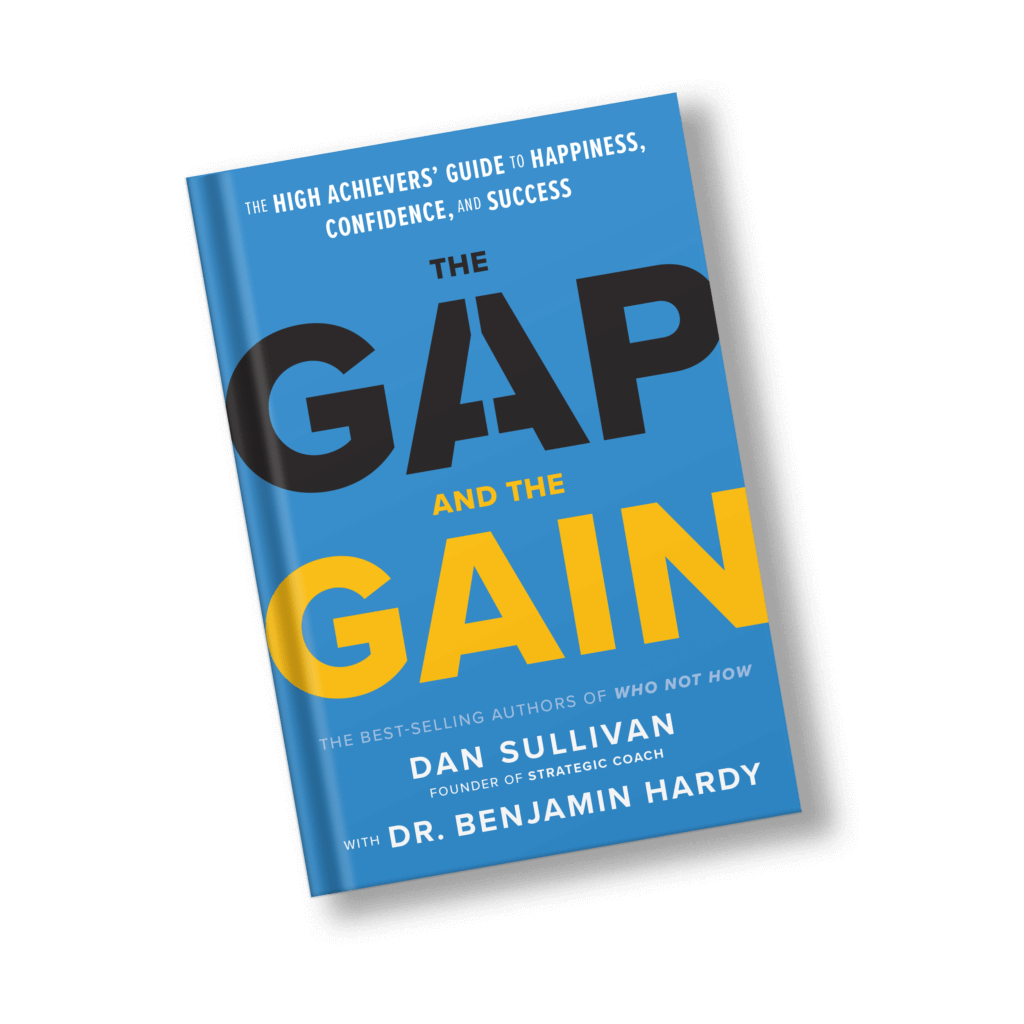I wish we had another Zoom meeting, said no one ever!
We spoke to Isaiah Nolte, Integrator and President at Bloom Growth, on "How to scale your business by supercharging meetings – 4 tips to getting it right".
Here’s how to gain Traction by supercharging your meetings.
Who cares about meetings?
Businesses waste hundreds of hours a year in unstructured and unproductive meetings.
That’s my experience! I was often a part of meetings that would go on for three to four hours with no accountability. People would say, “Oh, we can do this or let’s do that. Or let’s try this. It was always these vague and ambiguous promises that nobody would deliver on.”
Isaiah says that’s why Bloom Growth was built. In keeping with their mission to provide entrepreneurial teams the tools to grow and succeed, Bloom Growth builds software for companies running on EOS®—a simple business methodology specifically designed for entrepreneurs. In Bloom Growth, users can document To-Dos, manage team member roles, facilitate meetings and visualize goals to align all parts of an organization.
“Meetings are such a necessary part of running a business; getting everybody on the same page, aligning people’s goals and strategy.
Just by systemizing meetings through 4 easy steps, businesses can become more productive, which helps to focus and scale company efforts.”
4 Ways to Optimize Your Meetings
1. Start with a system
It doesn’t matter what meeting system you use, just that you use one, states Isaiah.
If you run on EOS, you’ll be familiar with Level 10 Meetings™.
In short, a Level 10 Meeting in EOS® is a powerful, weekly 90-minute meeting. It follows a set weekly process with the same agenda at the same time on the day each week, with the same team members.
At Whale, we work on Bloom Growth, too, and it helps keep us focused and on track.
But isn’t that just adding ANOTHER weekly meeting to the mix?

2. Document for accountability
Don’t waste time copy-pasting
this to another tool
Get the very best SOP, process and policy templates for all things business in Whale. And personalize them as needed. With features like automated assignments and quizzes, you’ll be scaling before your competitors have finished their am coffee.
“Document your meeting agendas and meeting minutes! Make sure that everybody can see it, so that helps with the accountability and get away from the, ‘oh, you know, Gary’s going to track his stuff in his Excel sheet.’
No, it’s not going to work if everyone is doing their own thing. You need accountability!
Have meeting items and to-do lists documented; don’t have it be verbal or sitting in different platforms. Bloom Growth makes it easy to do this with clearly organized lists and automated reminders. On top of this, Bloom Growth makes it easy to stay up to date of who’s doing what in just one dashboard.
If there are policies and processes that come as a result of meetings, document them. Of course, we’d say document them in Whale as long as you document them.
Make sure ‘to-do’ lists are listed and followed up in subsequent meetings. Just these tiny behavior tweaks will supercharge your meetings.
“If you’re just verbally talking about a problem and nothing is documented. Or if you’re not tracking tasks, there’s no accountability, it’s complete garbage, and the meeting is useless.
And the week after, when you review our to-do’s and that comes up, you’ve forgotten what it was all about.
Every single task must get documented. It must, or there’s no accountability around it!”
3. Work SMART
“The trouble with not having a goal is that you can spend your life running up and down the field and never score.” ~ Bill Copeland
SMART = Specific, measurable, achievable, relevant, time-bound.
“I’ve been on the leadership team at Bloom Growth (Formerly Traction Tools) for seven years now.
If I had known this at the very beginning of the journey, I think it would have helped us considerably. That is to be specific with naming.
And it’s so simple! Just use specific titles for things so that you do not have a vague title for a task. For example, “Meet with Gary” versus ‘Meet with Gary to prepare four items for the Unlocking Growth podcast’ by the 1st of May.”
This is something we’ve been trying to focus on in Whale; how to be more specific. Who is going to do what, by when, and how are we going to measure it? It sounds simple, but it takes a little while to set as a habit because, in general, we’re used to brushing over detail due to all the information we consume daily.
Even when sending meeting requests or writing to-do lists, be specific, and you’ll find yourself being more productive without even trying!
4. Focus on wins and goals in and post-meeting
Celebrate the wins, says Isaiah.
Often you’ll spend a month on something, you do a great job, you get it done, or you get all your to-do’s done, and then everyone just brushes on by. Okay, here’s the next project!
It’s disheartening!

In fact, one of our favorite books at Whale is The Gap and Gain, first introduced to us by Gary, emphasizes just that;
“We focus on that gap between where we are and where we want it to be, instead of focusing on the gain of where we started and actually ended up. It’s way more positive and reinforcing to live in the gain and not in the gaps.”
Bottom line - Meetings matter
In the ever-digital world and in a time where AI-tools are leading to app sprawl, meetings often get a bad rap.
But meetings can be golden if used properly.
Meetings;
- Create connection
- Bring issues to the forefront
- Provide accountability
- Align teams on priorities
- And sharpen focus and productivity
If done correctly!
Make your meetings count by documenting, running meetings systematically and working smart.
Patrick Lencioni Patrick the American author of books on business management, best known for The Five Dysfunctions of a Team said it best;
"The majority of meetings should be discussions that lead to decisions."
FAQs on supercharging meetings
What types of meetings do I need in my business?
Whilst businesses different, there are a few types of meetings that every business needs;
- One on one meetings with managers and team members
- Daily stand up meetings
- Level 10 meetings (or generaly weekly meetings)
- All hands meetings (or monthly reviews)
- Quarterly business reviews
How can I create an effective meeting agenda?
An effective meeting agenda is concise and focused. The type of agenda will depend on the type of meeting. For company meeting agendas, we recommend following the Level 10 structure.
What is basic meeting etiquette?
There are a few basic rules when it comes to engaging in meetings to make them effective, whether you are hosting them or a participant. These include;
- Being on time (that means 5 minutes early)
- Listening without interrupting,
- Giving constructive feedback and making constructive comments
- Offering solutions
- Not being on your phone out
- And being prepared.







